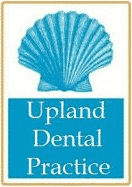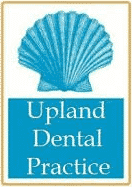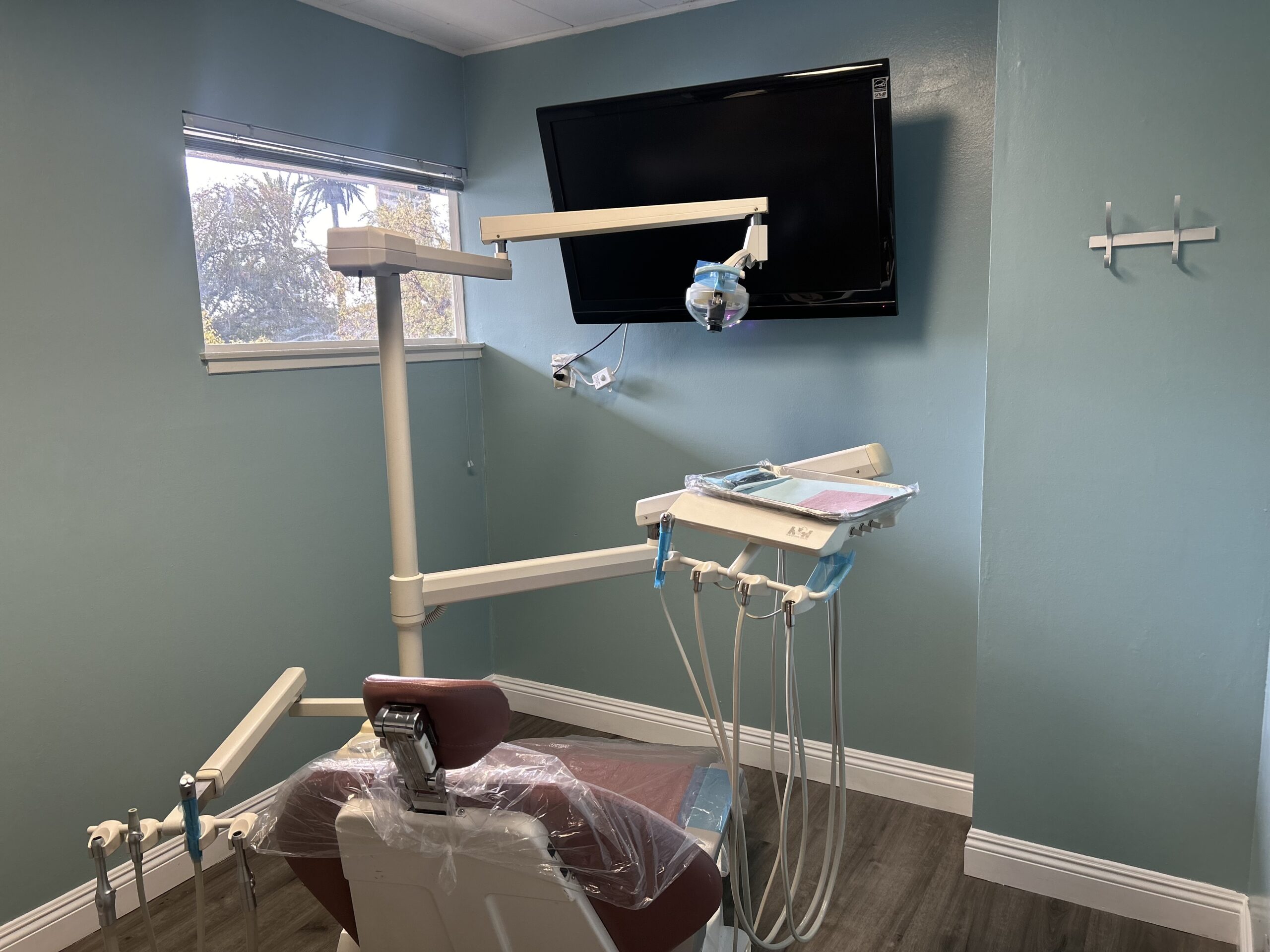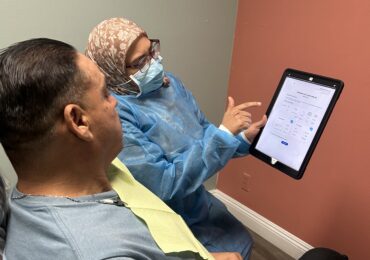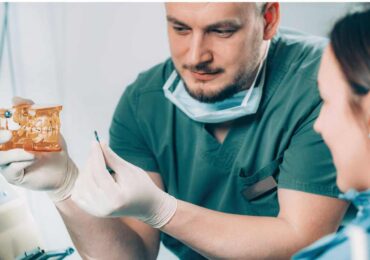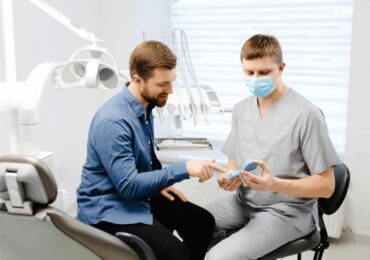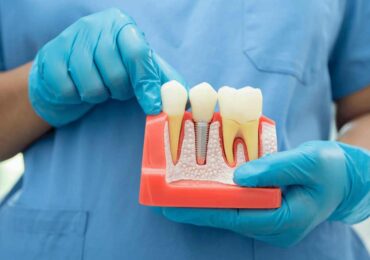An unexpected issue involving your teeth or gums that requires urgent attention is known as a dental emergency. Infections and severe toothaches are just some of the examples of these emergencies.
You must be able to identify a dental emergency to prevent complications or respond quickly if it does occur to avoid serious health problems. If a dental emergency is ignored, it may result in extended pain and more serious issues.
Do you need to see a dentist ASAP? Find out in this article.

Understanding Dental Emergencies
Many people don’t know what a dental emergency is. It is important to know the difference between urgent issues and less serious problems to respond effectively to various dental concerns.
The American Dental Association (ADA) defines dental emergencies as urgent situations that can be life-threatening and require immediate treatment to stop bleeding, treat infections, and relieve severe pain.
In addition, any issue involving teeth or supporting tissues requiring immediate care to avoid problems that could be biological, functional, or esthetic is also considered a dental emergency.
For example, a minor crack in a tooth or a mild toothache might not require urgent treatment. However, you should see a dentist right away if you experience excruciating pain, a major fracture in a tooth, or symptoms associated with infection like fever and swelling.
Common Dental Emergencies
You can better protect your dental health and avoid further complications if you understand the different dental emergencies. Here are the three categories of dental emergencies:
Traumatic
This dental emergency includes broken teeth, luxations (dislocations of teeth from their original positions in the alveolus), and avulsions, which are full displacements of teeth from their sockets in the alveolar bone. Traumatic dental injuries can result from falls, sports injuries, physical assault, or other events that directly or indirectly harm the teeth.
Traumatic dental emergencies include:
Luxation – injuries where a tooth is loosened but not knocked out. Symptoms include misaligned tooth, pain and sensitivity of the tooth, swelling, and bleeding gums. Potential consequences involve loss of teeth and an increased chance of infection.
Knocked-Out Tooth (Avulsed Tooth) – A tooth that has been completely knocked out of its socket. It can lead to swelling in the surrounding gums and tissues, pain, and bleeding from the socket. If left untreated, it can lead to tooth loss, infection in the empty socket, and misalignment of surrounding teeth over time.
Broken or Chipped Tooth – a tooth that has been cracked, fractured, or chipped due to trauma. Symptoms include visible cracks or missing pieces of the tooth, sharp or rough edges that can hurt the tongue or cheek, pain when chewing, and sensitivity to hot, cold, or sweet foods. A person with a broken or chipped tooth can have an increased risk of abscess, further damage to the tooth, and the potential need for more extensive dental work.
Infectious
These dental emergencies are initially localized and treatable. Poor management, though, may cause bacteria to spread into the brain, the mediastinum, or the deep areas of the neck, leading to life-threatening infections.
Infectious Dental Emergencies include:
Abscess – a pocket of pus caused by a bacterial infection. A patient with an abscess may show severe toothache, swelling in the gums or face, fever, bad taste in the mouth, and swollen lymph nodes. It may then lead to the spread of infection, bone loss around the affected tooth, and severe systemic infection (sepsis).
Pericoronitis – an infection of the gum tissue around a partially erupted tooth, commonly wisdom teeth. This type of infection may show signs of swelling and redness of the gums, difficulty opening the mouth, bad taste in the mouth, and difficulty opening the mouth.
If left untreated, the patient might have trouble swallowing or breathing if the infection spreads.
Cellulitis – a bacterial infection that spreads through the soft tissues of the face and neck, and causes severe pain, fever, swelling, and redness in the affected area. This infection can potentially cause serious conditions leading to airway obstruction and systemic infection (sepsis), highlighting the importance of early diagnosis and treatment.
Post-procedural Bleeding
The most common emergency after a dental procedure is bleeding that continues for more than eight to twelve hours after a tooth extraction. Individuals who have bleeding disorders, certain blood-clotting conditions, or are using anticoagulation medications frequently experience this. Potential consequences involve big blood clots in the mouth, significant blood loss, and trouble breathing.
Take note. The most severe dental emergencies are infectious ones since they can spread swiftly and result in major health issues. Traumatic dental emergencies in certain situations can also be extremely serious, particularly if there is a chance of tooth loss or other serious damage. Although post-procedural bleeding varies in intensity, it is typically not as serious unless complications arise.
Recognizing and Assessing Dental Emergencies
Knowing when to seek professional help and when to handle dental issues yourself is crucial.
If you have severe or ongoing pain that lasts for more than 24 hours, see a dentist right away, it could be a sign of a serious infection. Also, don’t delay if you have swelling in your face, neck, or eyes because it might be a serious medical issue.
Minor bleeding after brushing or flossing is usually okay but keep an eye on it. If it is heavy or continuous, especially after a tooth extraction, go to the dentist right away.
Even small chips or cracks in your teeth should be fixed to prevent bigger problems later. If a tooth is knocked out, severely fractured, or broken, see a dentist immediately to save the tooth and avoid complications.
Symptoms like fever, bad taste, pus, or swollen glands need quick attention to stop the infection from spreading. Trouble moving your jaw, or eating or speaking, also needs immediate care.
When in doubt, ask your dentist in Upland California. Ignoring ongoing discomfort, swelling, or bleeding could lead to bigger problems.
Preventing Dental Emergencies
Preventing dental emergencies be avoided in large part by adopting healthy eating and lifestyle practices. You can minimize the risk of dental emergencies by considering the following:
- Eating a balanced diet low in sugary foods and drinks and drinking enough water promotes gum health.
- Adopting good oral hygiene habits such as using mouthwash, flossing daily, and brushing with fluoride toothpaste keeps your teeth clean, and your gums healthy.
- Avoiding bad habits including smoking and tobacco usage to decrease the chance of infection.
- Managing stress levels, to promote dental wellbeing.
- Using mouth guards to protect your teeth from accidents or injuries during physical activities.
- For the early detection and treatment of any problems, regular dental checkups are important.
By incorporating these strategies into your daily routine, you can reduce the likelihood of dental emergencies.
Importance of Timely Response
In dental emergencies, immediate action is essential to prevent further damage and reduce discomfort. Postponing treatment could make problems worse and require more extensive and costly solutions.
Urgent care is also required in cases of swelling, fever, or injuries to the face or jaw to avoid major health risks.
Nonetheless, there are ways to relieve symptoms when immediate dental care is inaccessible:
- Cold compresses can minimize swelling
- Over-the-counter pain medications can help you deal with pain
- Rinsing with warm saltwater can offer brief relief for mild mouth injuries or toothaches
Remember, these alternatives cannot take the place of professional dental care, even though they could provide some relief. To address the underlying cause of the emergency and stop further complications, you should seek the proper treatment as quickly as possible.
First Aid for Dental Emergencies
In an emergency dental situation, being able to provide first aid efficiently can help reduce pain and prevent things from getting worse. Here’s what to do for common issues:
Severe Toothache – Rinse with warm salt water. You may take pain relievers and apply a cold compress if you can’t handle the pain.
Knocked-Out Tooth – Handle gently, rinse the tooth, and place it in a container of milk.
Broken or Chipped Tooth – Rinse with salt water and apply pressure to the area with a clean cloth to stop bleeding. Save any broken pieces of the tooth so you may bring them to your dentist.
Bleeding Gums – Gently rinse with salt water and apply pressure to the area with a clean cloth. Avoid brushing your teeth.
Swelling – Apply a cold compress to the affected area to reduce swelling and numb discomfort.
These measures only provide temporary relief. Seek dental care as soon as possible to solve the underlying problem and prevent complications.
Relief and Pain Management Techniques
It can be difficult and stressful to deal with dental emergencies. Whether it’s a sudden toothache, a broken tooth, or swollen gums, finding relief from the discomfort is very important. To help reduce dental pain and discomfort, we’ll discuss effective pain management ideas and treatments below.
Painkillers: For mild to moderate pain, over-the-counter medications like acetaminophen (Tylenol) or ibuprofen (Advil, Motrin) may be helpful.
Non-Medical Relief: To temporarily reduce swelling and discomfort, cold compresses, warm saltwater rinses, and topical anesthetics can be used.
- Cold compress- Apply a cold pack or an ice bag wrapped in a cloth to the affected area for 15 to 20 minutes at a time.
- Warm saltwater rinses – Mix a teaspoon of salt in a glass of warm water and swish it around your mouth for 30 seconds before spitting it out.
- Topical anesthetics – Numbing gels or liquids can temporarily numb the affected area and relieve gum and dental pain. Apply a small amount directly to the area that is hurting.
The Role of Emergency Dentists in Upland
Emergency dentists play a vital role in handling dental emergencies. They ensure that you receive immediate and effective care in diagnosing and treating dental emergencies.
Seeking expert care in an emergency can provide immediate pain and discomfort alleviation. They also give immediate intervention to prevent problems from getting worse.
Dental emergencies can occur at any time, so being ready is crucial. The best line of action is to practice good dental hygiene and prevention. However, having a dentist you trust and understanding how to deal with a dental emergency is just as important.
If you experience any of the symptoms discussed earlier, don’t wait! Contact our emergency dentists at Upland Dental Practice immediately. At Upland Dental Practice, your oral health is our top priority. Our experienced team is dedicated to helping you deal with dental emergencies.
Got a Dental Emergency?
Recent Articles
- 1
- 2
- 3
- 4
- 5
- 6
- 7
- 8
- 9
